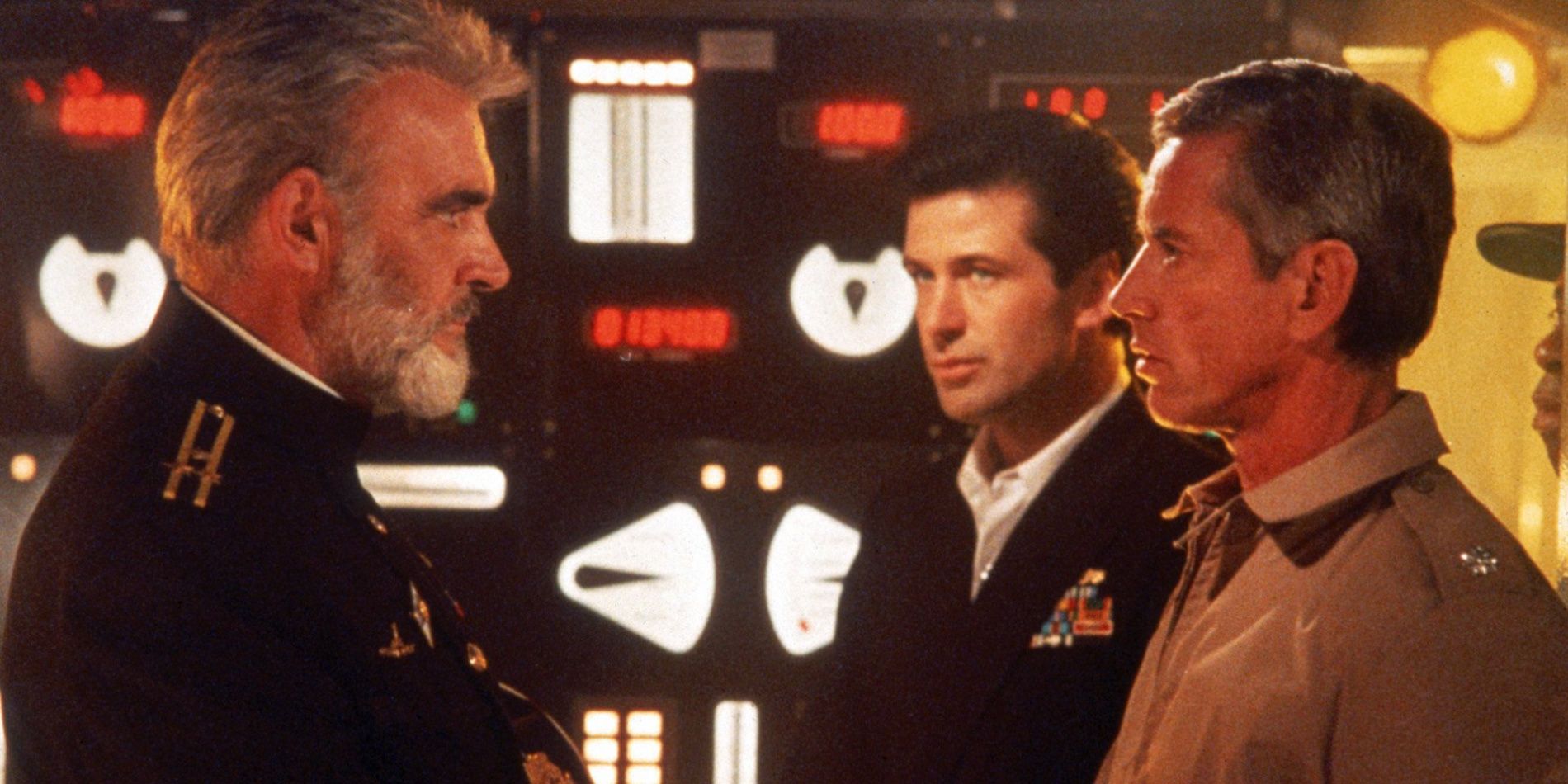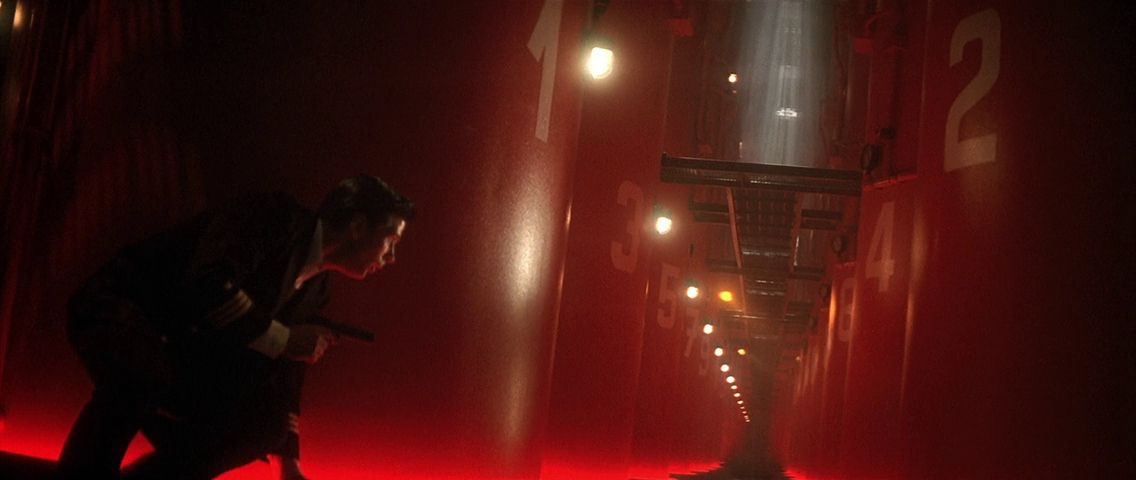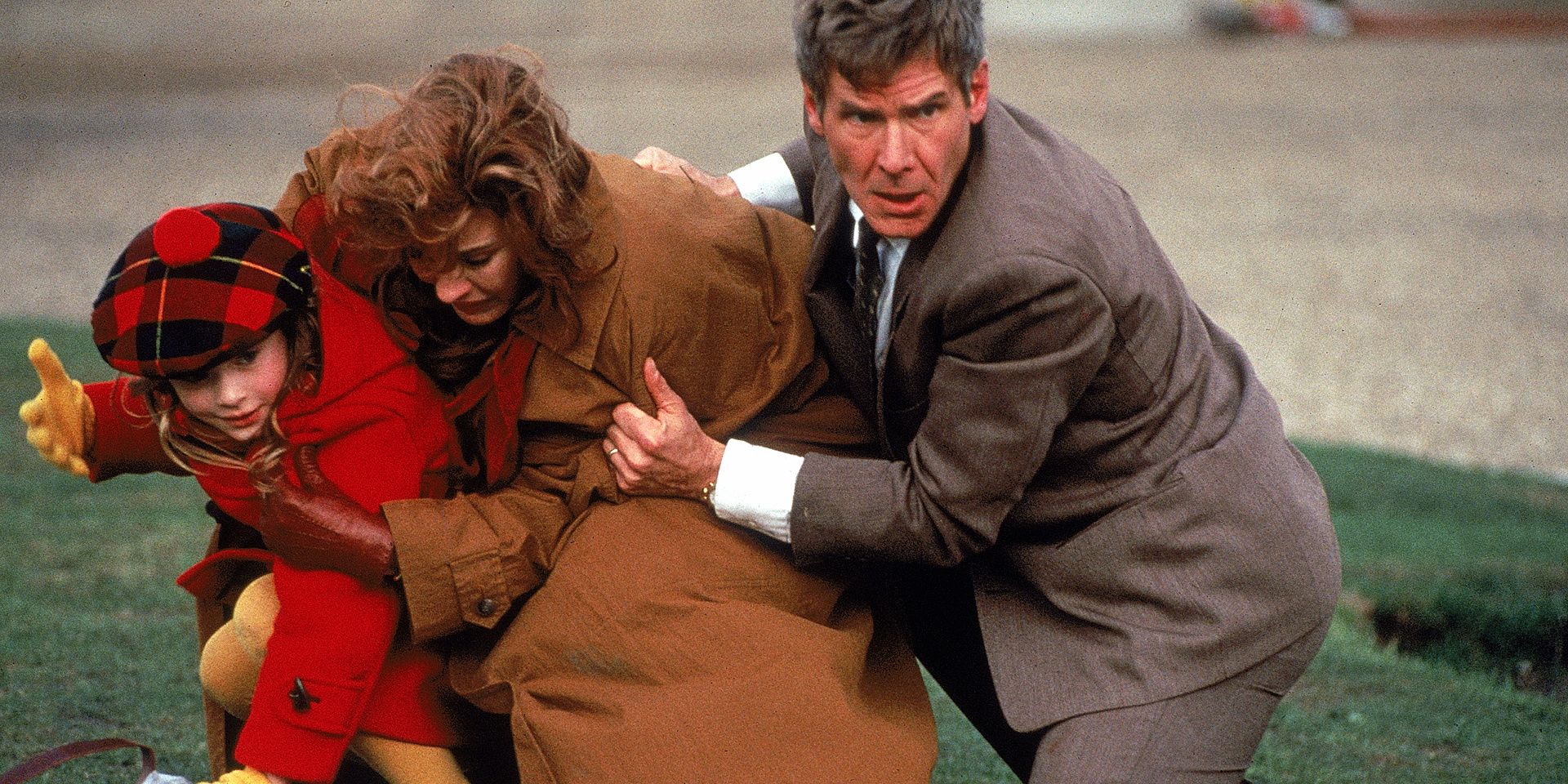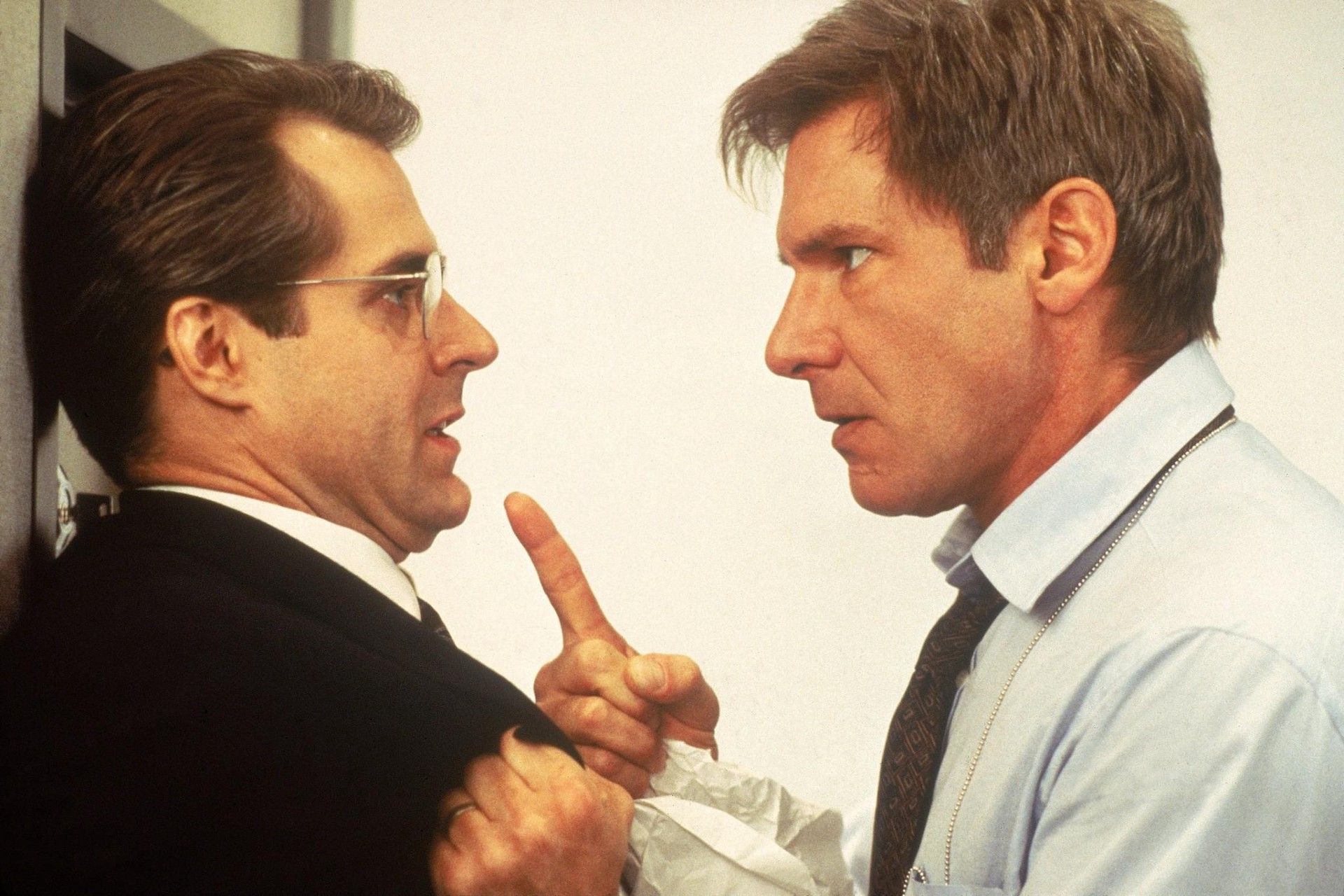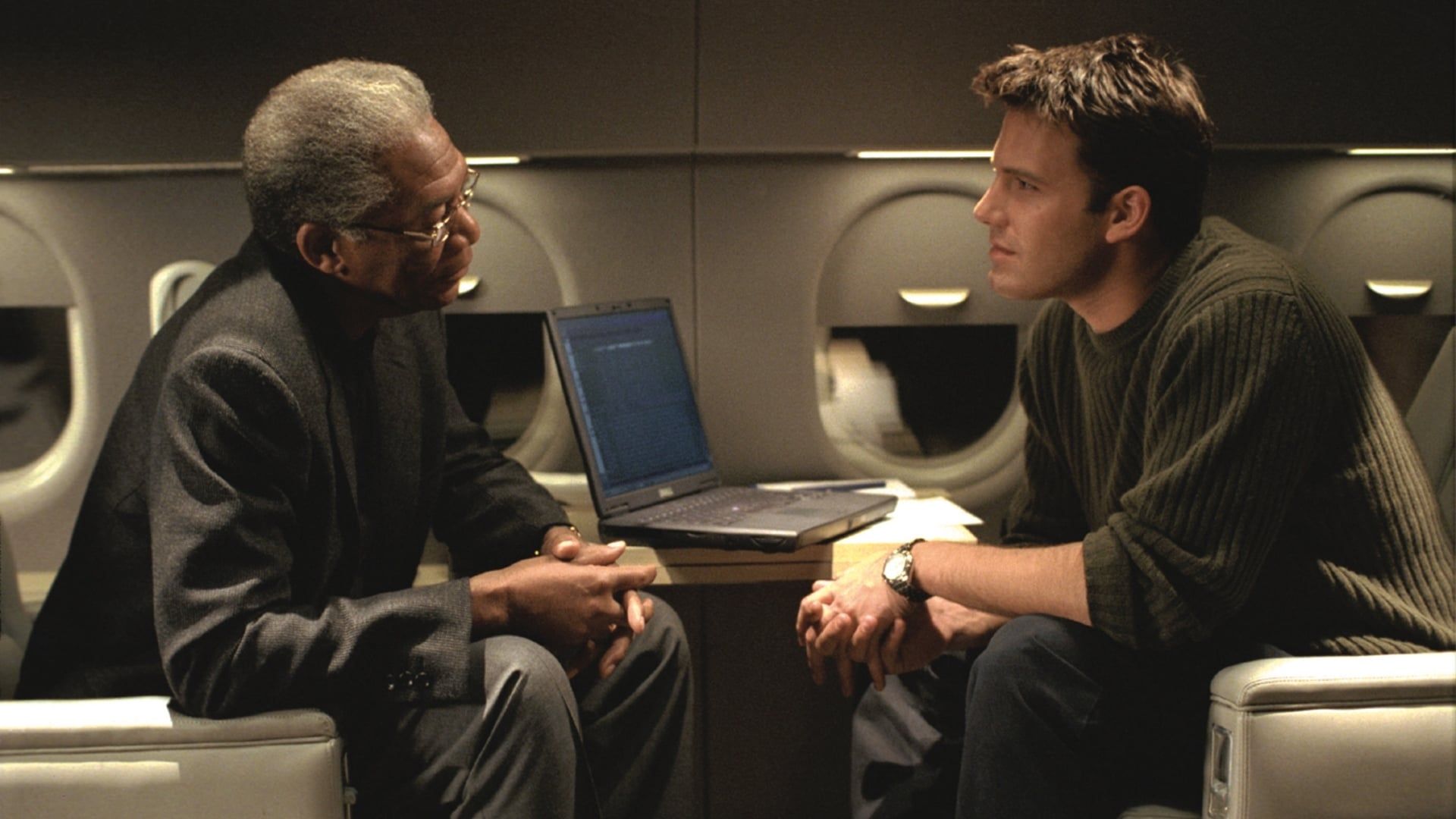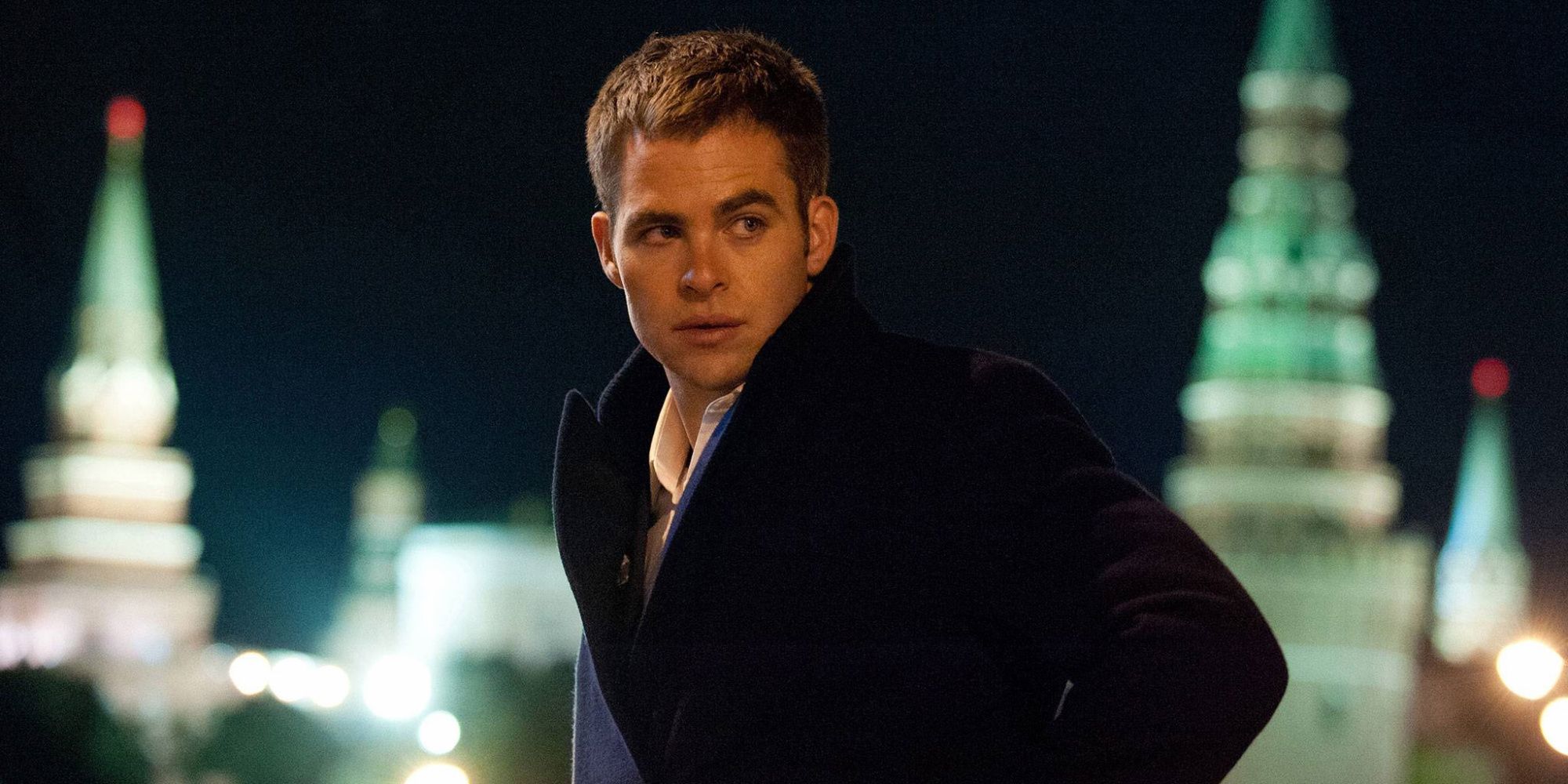With Tom Clancy's Jack Ryan character poised for a comeback on the small screen via Amazon's aptly-titled upcoming television series Jack Ryan, the latest adaptation continues to showcase how the character has evolved with the times to reflect contemporary American sensibilities and concerns abroad. While this evolution certainly existed to a degree in Clancy's original novels, the literary Ryan was often confronted with the specter of the Cold War and terrorist groups predating the 9/11 attacks.
The character was reinvented to match the sociopolitical zeitgeist across five films released between 1990 and 2014, all starring the fictional CIA analyst. Across Paramount's adaptations, the character was portrayed by four different actors, with the studio rebooting the franchise from scratch on two separate occasions.
RELATED: REVIEW: Jack Ryan Returns… for Generic Superspy Adventures
Like much of Clancy's bibliography, 1990's The Hunt for Red October has Ryan matching wits with the Soviet Union (the film is the only Tom Clancy adaptation to be released while the Cold War was still underway). Sean Connery, fresh off his turn as Indiana Jones' father, plays a Soviet nuclear submarine captain seeking to defect to the United States. Forced to maintain radio silence to keep their intentions secret, the American military believes the rogue submarine may be on course to launch a nuclear first strike against the country, with only Alec Baldwin's Ryan using his analytical skills to come to a vastly different conclusion.
Directed by John McTiernan (Predator, Die Hard), the inaugural Jack Ryan film is still arguably the best and certainly the closest adaptation of Clancy's work. Ryan was envisioned as being more of the thinking man's action hero, preferring working behind a desk to actively engaging the enemy in the field. While the Scottish-accented Connery is never quite convincing as a Soviet officer, Baldwin captures Jack Ryan's quiet intensity. He's clearly prepared to get physical when the scene calls for it in a Cold War thriller that is on par with much of McTiernan's work, albeit more deliberately paced.
Following disagreements with the studio and a scheduling conflict on Broadway, Baldwin left production of the 1992 sequel Patriot Games early, leading Paramount to replace him with Harrison Ford and retaining only James Earl Jones to reprise his role as Ryan's mentor, Admiral James Greer. Directed by Phillip Noyce, the sequel sees Ryan foil an assassination attempt by the IRA while on a family vacation in London. Having killed the brother of an Irish terrorist in his act of everyman heroism, the entire Ryan family becomes targeted by the IRA upon their return home to Maryland.
RELATED: Jack Ryan 5-Film Collection Getting the 4K Blu-ray Treatment
Given the nature of the story, Patriot Games is a more personal, character-driven film than its predecessor, with Ford delivering a more terse performance than Baldwin, unafraid to let emotion bleed into the character as he protects his family. Where the 1992 film fails to match the debut Clancy adaptation is its pacing. After the London-based opening, the film starts and stops in fits, largely relying on Sean Bean's revenge-fueled intensity to carry the narrative through its slow spots. While Ford does put some of Ryan's trademark analytical skills to use, the once and future Indiana Jones is a more action-oriented Ryan to the point that Clancy distanced himself from the adaptation, attempting to have his name removed from the credits.
Page 2: [valnet-url-page page=2 paginated=0 text='Clear And Present Danger Marks A Return To Form For Jack Ryan']
1994's Clear and Present Danger marks the only time an actor has returned to portray Ryan, with the character being promoted to Acting Director of the CIA. Taking a desk-bound role similar to the first film, Ryan eventually learns that the president is conducting a shadow war against Colombian drug cartels after the murder of a close friend. Where the sequel succeeds is in its return to a more analytical Ryan, leaving Willem Dafoe's John Clark to lead the majority of the film's action sequences. Clear and Present Danger is a conspiracy film at heart and excels when that's the focus. Where it falters is when it tries to force Ryan directly into the action, including a mindlessly confusing action set piece smack dab in the middle of the film.
While Clear and Present Danger was a commercial success, development on a fourth Jack Ryan stalled for years after. The Cardinal in the Kremlin was originally tapped to be the next Clancy adaptation in the series, but was ultimately deemed unfilmable, with The Sum of All Fears being selected instead. Ford and Noyce were attached to reteam for a third time as late as 2000, but their continued dissatisfaction with the script led to both dropping out. Without the veteran actor, Paramount decided to reboot the entire series with a younger lead in Ben Affleck. Field of Dreams' Phil Alden Robinson was chosen to direct.
RELATED: Jack Ryan Season 2 Casts Noomi Rapace as Series Regular
The 2002 reboot feels like Paramount trying to reposition Ryan as a 21st century American James Bond, right down to its plot: Austrian Neo-Nazis attempt to pit America and Russia against each other by framing the Russian Federation for attacks on Baltimore and an American aircraft carrier. With a younger star, Affleck's Ryan is back in the action, depicted as the one man who can save the president. The plot itself is a globe-hopping, incomprehensible mess and the depiction of American cities laid to nuclear waste didn't go over particularly well with audiences still reeling from the real-world horrors of 9/11 just eight months prior.
While a commercial success, the film didn't light up the box office as much as Paramount had hoped and development on a sequel was quietly shelved. The studio decided to move forward with another reboot, Jack Ryan: Shadow Recruit, recasting the starring role with Chris Pine, who was fresh off the success of the rebooted Star Trek. As the first Ryan film developed after 9/11, Pine's character is intrinsically linked to the real-world terrorist acts, directly motivated to join the military, serve in Afghanistan and eventually become a CIA analyst.
Pine's incarnation of Ryan takes on Russian oligarchs targeting the American economy in an original story not directly based off any Clancy novel. Despite Pine's best efforts, the 2014 film has Ryan become a generic action hero in the character's most active role to date, only briefly putting the title character behind a desk in an uninspired attempt to relaunch the franchise.
RELATED: Jack Ryan: Authenticity Is Paramount in New Featurette
Having received the lowest box office earnings of any Ryan film to date, the Clancy character has been redeveloped for television with John Krasinski (A Quiet Place) in Amazon's Jack Ryan series. While Krasinski's Ryan initially begins behind a desk, the character takes to the field once again by the second episode, this time combating terrorists in Syria -- the Clancy everyman once again portrayed as an action hero.
While Ryan adaptations have certainly evolved to reflect changing American attitudes and international geopolitics, one feature remains constant: Studios prefer to put the character out in the field instead of behind a desk as originally envisioned by the author.
Jack Ryan is developed for television by showrunners Carlton Cuse (Lost) and Graham Roland (Fringe) and stars John Krasinski, Wendell Pierce and Abbie Cornish. The first season is scheduled premiere on Amazon on Aug. 31.

